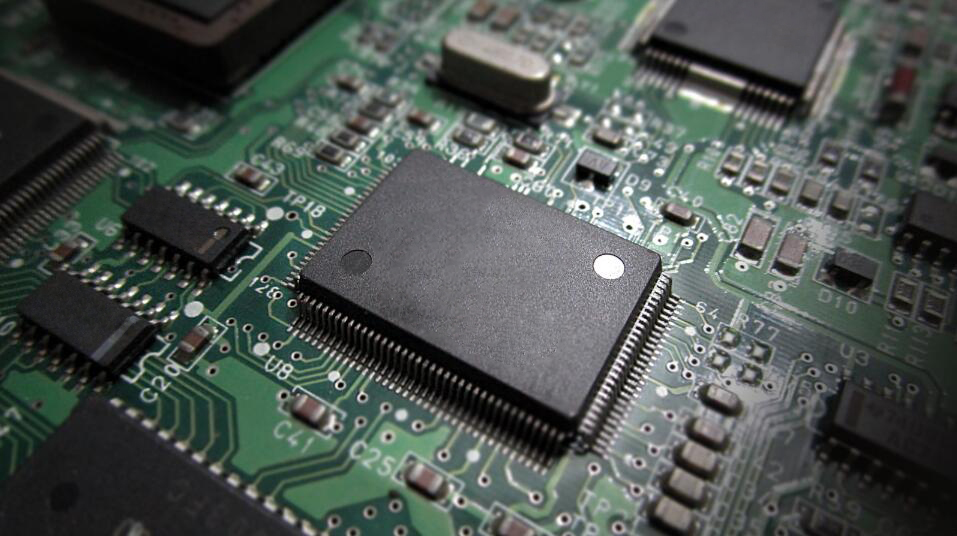
新闻资讯banner
Introduction to the key processes that determine the quality of SMT placement
- Categories:SMT technology article
- Author:SAJ
- Origin:
- Time of issue:2021-08-30
- Views:0
(Summary description)On the SMT processing production line, applying solder paste, mounting components and reflow soldering are the three key processes of SMT patch production, and they directly determine the quality of the entire SMT patch. The following Sanjing will give you a brief introduction:
1. Apply solder paste. The purpose is to evenly apply an appropriate amount of solder paste on the PCB pads to ensure that the SMD components and the corresponding pads of the PCB are in good electrical contact during reflow soldering and have sufficient mechanical strength. The solder paste is applied to the pads by special equipment. The equipment includes: automatic printers, semi-automatic printers, manual printing stations, semi-automatic solder paste distribution, etc.
2. Placement of components. In this process, the chip components are accurately mounted to the corresponding position on the PCB surface where the solder paste or patch glue is printed using a placement machine or manually. There are two mounting methods:...
Introduction to the key processes that determine the quality of SMT placement
(Summary description)On the SMT processing production line, applying solder paste, mounting components and reflow soldering are the three key processes of SMT patch production, and they directly determine the quality of the entire SMT patch. The following Sanjing will give you a brief introduction:
1. Apply solder paste. The purpose is to evenly apply an appropriate amount of solder paste on the PCB pads to ensure that the SMD components and the corresponding pads of the PCB are in good electrical contact during reflow soldering and have sufficient mechanical strength. The solder paste is applied to the pads by special equipment. The equipment includes: automatic printers, semi-automatic printers, manual printing stations, semi-automatic solder paste distribution, etc.
2. Placement of components. In this process, the chip components are accurately mounted to the corresponding position on the PCB surface where the solder paste or patch glue is printed using a placement machine or manually. There are two mounting methods:...
- Categories:SMT technology article
- Author:SAJ
- Origin:
- Time of issue:2021-08-30
- Views:0
On the SMT processing production line, applying solder paste, mounting components and reflow soldering are the three key processes of SMT patch production, and they directly determine the quality of the entire SMT patch. The following Sanjing will give you a brief introduction:
1. Apply solder paste. The purpose is to evenly apply an appropriate amount of solder paste on the PCB pads to ensure that the SMD components and the corresponding pads of the PCB are in good electrical contact during reflow soldering and have sufficient mechanical strength. The solder paste is applied to the pads by special equipment. The equipment includes: automatic printers, semi-automatic printers, manual printing stations, semi-automatic solder paste distribution, etc.
2. Placement of components. In this process, the chip components are accurately mounted to the corresponding position on the PCB surface where the solder paste or patch glue is printed using a placement machine or manually. There are two mounting methods: one is machine mounting, which is suitable for large-volume PCB processing with tight supply cycles, but the machine mounting process is more complicated and the investment is relatively large. The other is manual placement, which is suitable for small and medium batch production, product development and other PCB processing, but the production efficiency of this placement method depends on the proficiency of the operator.

3. Reflow soldering. By remelting the solder paste pre-distributed on the PCB pads, the mechanical and electrical connections between the solder ends or pins of the surface mount components and the PCB pads are realized. Reflow soldering is generally divided into four temperature zones:
①Preheating zone: The heating rate is generally 2~3℃/s. Excessive heating will cause the thermal element to rupture, and too slow heating will affect the efficiency of the production line, and will accelerate the volatilization of the flux.
②Constant temperature zone: make PCB components absorb heat evenly and reduce temperature difference. However, it should be noted that the temperature must not be heated too fast, and the temperature must be raised steadily, and the residence time in the constant temperature zone must not be too long. Too long the residence time in the constant temperature zone will cause the active agent to be used up early, which will easily lead to false soldering or tin beads.
③Reflow zone: Increase the active temperature of the PCB to the recommended peak temperature for soldering. When welding, the welding time must be controlled well. If the welding time is too long, oxides and metal compounds will be produced, which will cause the solder joints to not last, and if the soldering time is too short, the solder joints will not be full.
④Cooling zone: form a good and firm solder joint, which should not be cooled too fast, otherwise it will make the solder joint embrittlement and not firm.
The above is about the key process of determining the quality of SMT patch, I hope it can be helpful to everyone!
Scan the QR code to read on your phone
Copyright©Sanjing Electronic Technology Co., Ltd. All Rights Reserved 粤ICP备09210657号



 400-1668-717
400-1668-717

 Feedback
Feedback 